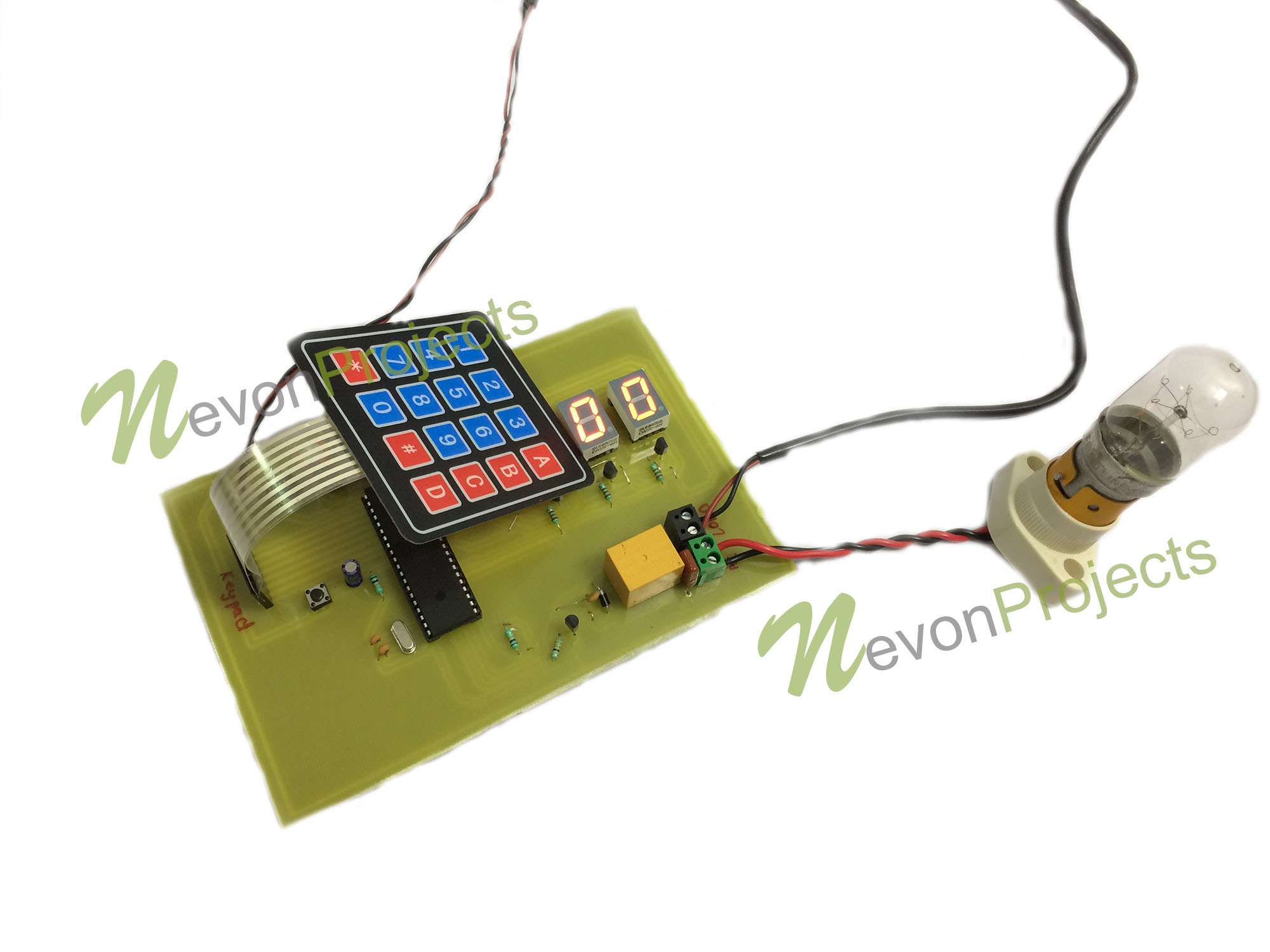[Q3] Protocols in Making Electrical Gadgets
Lesson: Protocols in Making Electrical Gadgets
By: Pj Miana
Today, we're
going to embark on an exciting journey into the world of making electrical
gadgets. Whether it's a simple flashlight or a complex electronic device, there
are certain protocols – general processes – that engineers and designers follow
to create these amazing inventions. Let's explore some of these protocols step
by step.
1.
Conceptualization:
Every great
invention starts with an idea. Engineers and inventors brainstorm to come up
with concepts for new electrical gadgets. This could involve identifying a
problem that needs solving or thinking of ways to improve existing gadgets.
2. Research
and Development:
Once an idea is
formed, it's time to dive into research and development. Engineers study
similar products on the market, analyze materials and technologies, and conduct
experiments to test the feasibility of their concepts. This stage may involve
prototyping – creating preliminary versions of the gadget to see how it works
in real life.
3. Design:
With a solid
understanding of the concept and its feasibility, engineers move on to the
design phase. This involves creating detailed plans and blueprints for the
electrical gadget, specifying its components, dimensions, and how they will fit
together. Design software and tools are often used to create precise diagrams
and schematics.
4. Component
Procurement:
Once the design
is finalized, it's time to gather the necessary components. This could include
electronic parts like resistors, capacitors, and integrated circuits, as well
as mechanical parts like casings and connectors. Engineers must ensure that all
components meet the required specifications and standards.
5. Assembly:
With all the
components in hand, it's time to assemble the gadget. This could involve
soldering electronic parts onto circuit boards, connecting wires, and fitting
mechanical components together. Precision and attention to detail are crucial
during this stage to ensure that the gadget functions correctly.
6. Testing
and Quality Control:
After assembly,
the gadget undergoes rigorous testing to ensure that it meets quality standards
and functions as intended. This could involve electrical testing to check for
proper voltage and current levels, as well as functional testing to verify that
all features work correctly. Any defects or issues are identified and addressed
during this stage.
7. Packaging
and Distribution:
Once the gadget
passes testing, it's ready for packaging and distribution. Engineers work with
packaging designers to create attractive and informative packaging that
protects the gadget during shipping and showcases its features to consumers.
The gadget is then distributed to retailers or directly to consumers, ready to
be enjoyed by users around the world.
Conclusion:
Making
electrical gadgets is a complex and fascinating process that involves
creativity, technical expertise, and attention to detail. By following
protocols like conceptualization, research and development, design, component
procurement, assembly, testing and quality control, and packaging and
distribution, engineers and inventors bring their ideas to life and create the
gadgets that enrich our lives every day. So, next time you use your favorite
electronic device, take a moment to appreciate the ingenuity and hard work that
went into making it possible!







Comments
Post a Comment